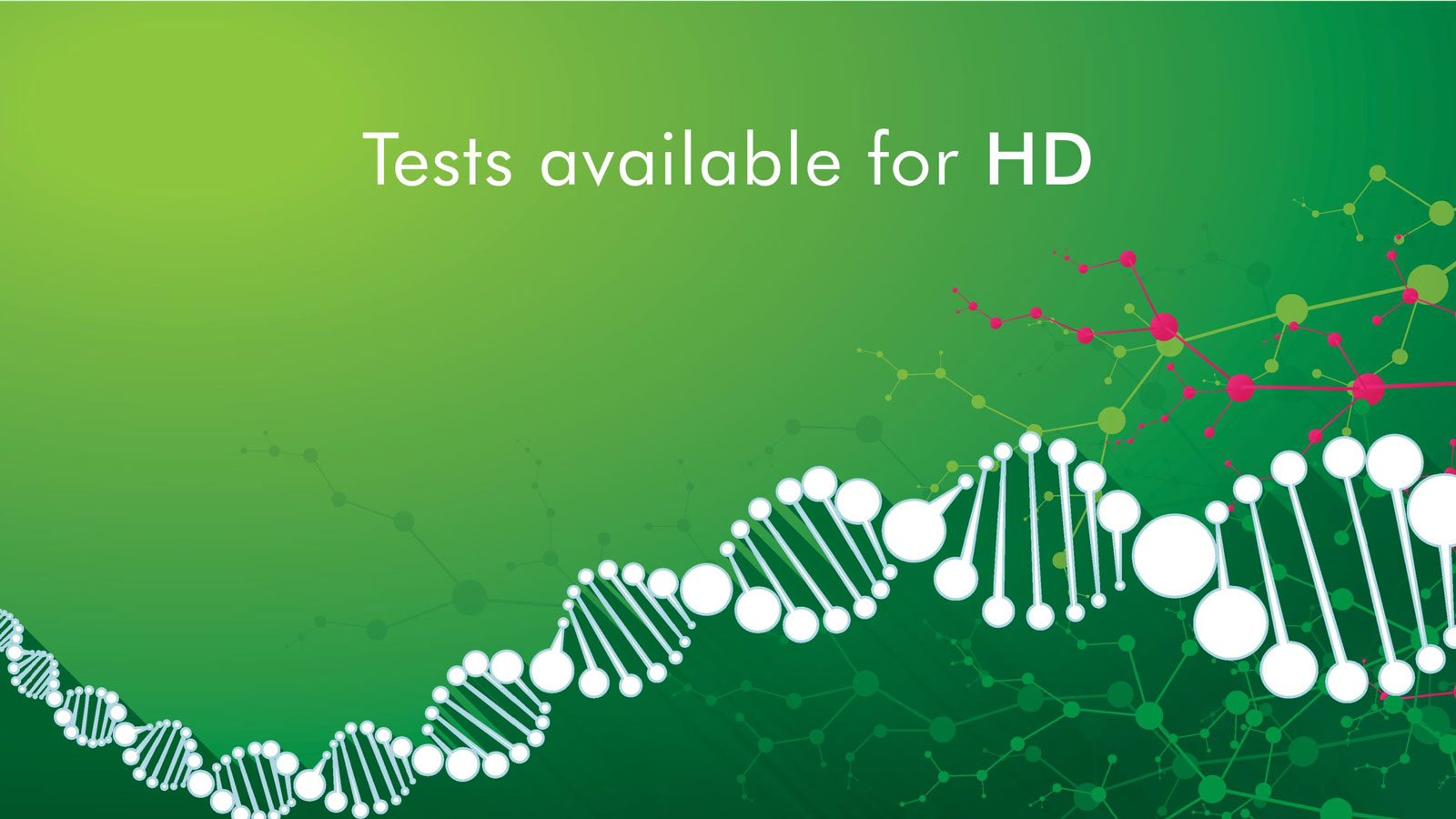HD tests
Eligibility for the predictive test, according to international guidelines, are to be 18 years of age or above and to have a blood relative who has been diagnosed with Huntington’s Disease.

Blood test
Genetic testing is most informative and accurate when blood from an affected family member is also available.

Pre-natal tests
- Amniocentesis, also called the amniotic fluid test, is a procedure in which amniotic fluid containing cells of the unborn child is collected with a needle, usually after the 14th week of pregnancy.
- Collection of a sample from the chorionic villi, tissue of the placenta, can be done earlier, such as 11 weeks of pregnancy, but it is more risky to the unborn child.
There is a possibility of miscarriage with undergoing these tests.

Pre-implantation Genetic Diagnosis (PGD)
PGD gives a couple the chance of conceiving a child that will not be affected by HD regardless of whether the prospective mother or father carries the expanded HTT gene.

In Tasmania testing is available through:
Tasmania Clinical Genetic Service
Royal Hobart Hospital
Box 1061 Hobart 7001
Telephone 03 6166 8296
Fax 03 6173 0382
All referrals to be made to the above address
Clinics conducted in Hobart and Launceston

